The stocking rate on my farm is very high for the type of land that I am working with.
It all goes grand when both growth and ground conditions are good, but when conditions are less favourable, I must be ready to house some stock at any stage of the year.
During the spring there is always a big demand for grass and stock that need to be outside. I have ewes lambing and the priority is to get them out as soon as possible once they lamb.
I also have the dairy heifers that need to be out if I am going to make them pay
Then I have my autumn-born calves which always benefit from early grass, and my spring-born breeding heifers that must get out fairly early if they are going to reach their bulling weight by late spring/early summer.
I also have the dairy heifers that need to be out if I am going to make them pay (they make me no money in the house).
Then, lastly but by no means least importantly, I have my spring-born cows and calves.
This all adds up to a huge demand for getting stock out to grass in March and April.
Saved
I do my best to have grass saved over the winter, so that I have a supply in the spring.
But, as the saying goes, I need all my ducks to line up, and that also means being out early with fertiliser and slurry, so I need the ground conditions to be favourable from early spring onwards.
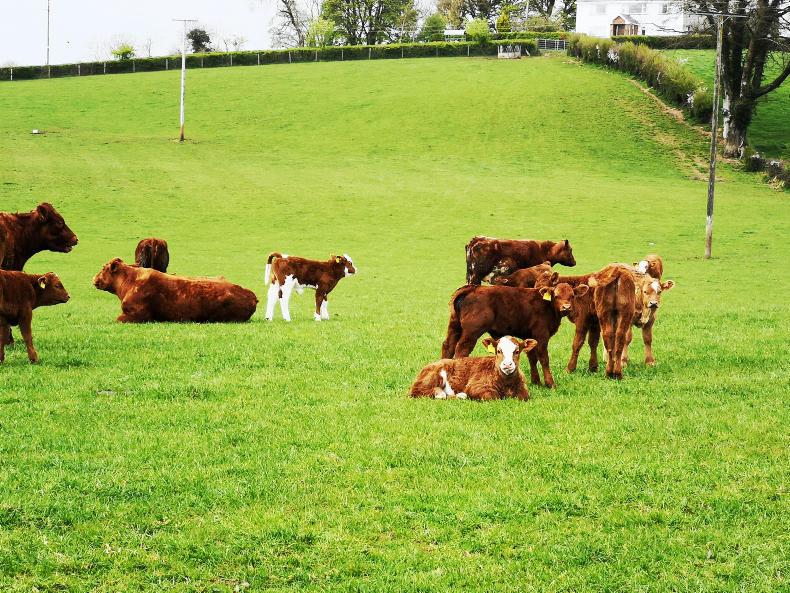
Given the dry conditions, cows and calves are clean and well settled when supplemented with some silage
This winter and early spring was very wet in Fermanagh and it meant that there were very limited opportunities to get out early with fertiliser or slurry.
Now the dry weather has arrived, and ground conditions have become very good, but it has remained very cold (especially at night) which has meant that growth has been very slow, and grass supply is under pressure.
Limited
Probably like most farmers, my options for holding mothers with young calves or lambs in the house are very limited.
Everything is a lot healthier if they get outside. But this spring, I have no grass for cows and young calves.
Some people in drier parts might practice this each year but normally in Fermanagh these options are not available to us
I decided to let them out anyway, and put ring feeders in the fields with them and feed them silage. Some people in drier parts might practice this each year but normally in Fermanagh these options are not available to us.
In most years, if you put a ring feeder in the field the cows would have to tramp through two foot of muck to get to the feeder, and if I was putting silage in the feeder I’d be lucky to make it back to the lane.
This year has been so different, and access to the feeder hasn’t been a problem for either myself or the cows.
If we could get regular springs like this, it would make life so much easier
They get filled up with silage and go off and lie down, and both cows are calves are clean and dry.
If we could get regular springs like this, it would make life so much easier.
I am sure that there are parts of the country that can work with ring feeders in fields in the spring, but in 35 years of farming, this is the first time that I have been able to do it.
During hot, dry summers I have heard farmers complaining about having no rain and therefore no grass.
It’s so simple to feed cattle or sheep in the fields when the weather is good
Well I now know exactly how they feel, and it is great.
It’s so simple to feed cattle or sheep in the fields when the weather is good, and in the summer it would be warm as well, so there would be less problems with sick calves due to cold nights.
The issue around drought probably arises because farmers in dry parts of the country do not carry a good supply of silage.
But here in Fermanagh we always make too much silage. As the saying goes, we save a bit for the rainy day. Well maybe some farmers should save a bit for the dry days as well.
Read more
Farmer Writes: the heifer that was missed at calving
A passion for sucklers that runs deep
The stocking rate on my farm is very high for the type of land that I am working with.
It all goes grand when both growth and ground conditions are good, but when conditions are less favourable, I must be ready to house some stock at any stage of the year.
During the spring there is always a big demand for grass and stock that need to be outside. I have ewes lambing and the priority is to get them out as soon as possible once they lamb.
I also have the dairy heifers that need to be out if I am going to make them pay
Then I have my autumn-born calves which always benefit from early grass, and my spring-born breeding heifers that must get out fairly early if they are going to reach their bulling weight by late spring/early summer.
I also have the dairy heifers that need to be out if I am going to make them pay (they make me no money in the house).
Then, lastly but by no means least importantly, I have my spring-born cows and calves.
This all adds up to a huge demand for getting stock out to grass in March and April.
Saved
I do my best to have grass saved over the winter, so that I have a supply in the spring.
But, as the saying goes, I need all my ducks to line up, and that also means being out early with fertiliser and slurry, so I need the ground conditions to be favourable from early spring onwards.

Given the dry conditions, cows and calves are clean and well settled when supplemented with some silage
This winter and early spring was very wet in Fermanagh and it meant that there were very limited opportunities to get out early with fertiliser or slurry.
Now the dry weather has arrived, and ground conditions have become very good, but it has remained very cold (especially at night) which has meant that growth has been very slow, and grass supply is under pressure.
Limited
Probably like most farmers, my options for holding mothers with young calves or lambs in the house are very limited.
Everything is a lot healthier if they get outside. But this spring, I have no grass for cows and young calves.
Some people in drier parts might practice this each year but normally in Fermanagh these options are not available to us
I decided to let them out anyway, and put ring feeders in the fields with them and feed them silage. Some people in drier parts might practice this each year but normally in Fermanagh these options are not available to us.
In most years, if you put a ring feeder in the field the cows would have to tramp through two foot of muck to get to the feeder, and if I was putting silage in the feeder I’d be lucky to make it back to the lane.
This year has been so different, and access to the feeder hasn’t been a problem for either myself or the cows.
If we could get regular springs like this, it would make life so much easier
They get filled up with silage and go off and lie down, and both cows are calves are clean and dry.
If we could get regular springs like this, it would make life so much easier.
I am sure that there are parts of the country that can work with ring feeders in fields in the spring, but in 35 years of farming, this is the first time that I have been able to do it.
During hot, dry summers I have heard farmers complaining about having no rain and therefore no grass.
It’s so simple to feed cattle or sheep in the fields when the weather is good
Well I now know exactly how they feel, and it is great.
It’s so simple to feed cattle or sheep in the fields when the weather is good, and in the summer it would be warm as well, so there would be less problems with sick calves due to cold nights.
The issue around drought probably arises because farmers in dry parts of the country do not carry a good supply of silage.
But here in Fermanagh we always make too much silage. As the saying goes, we save a bit for the rainy day. Well maybe some farmers should save a bit for the dry days as well.
Read more
Farmer Writes: the heifer that was missed at calving
A passion for sucklers that runs deep





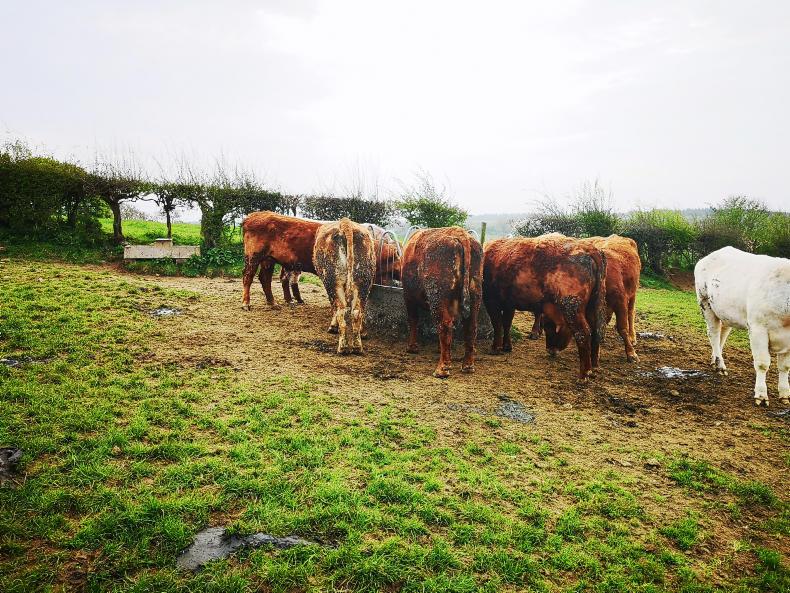
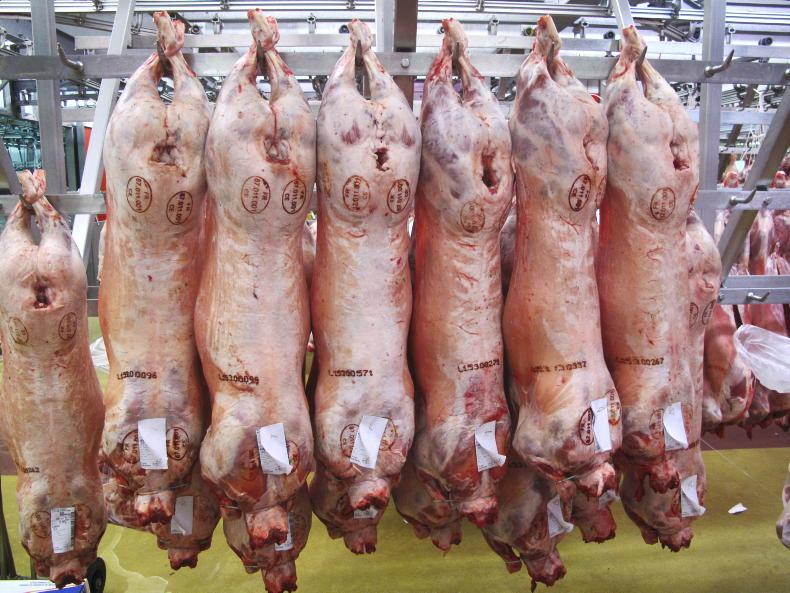
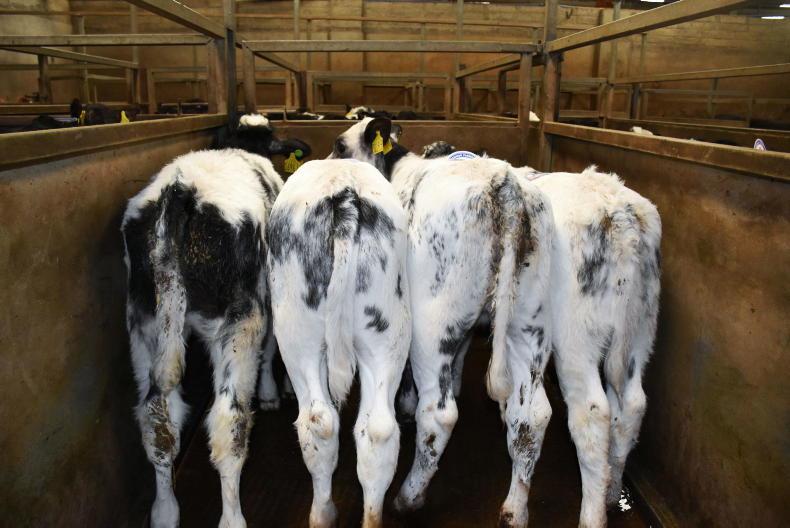
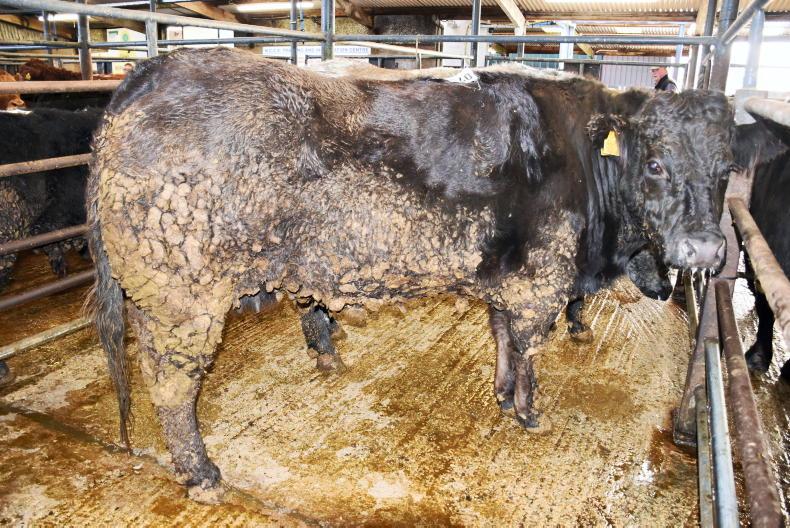
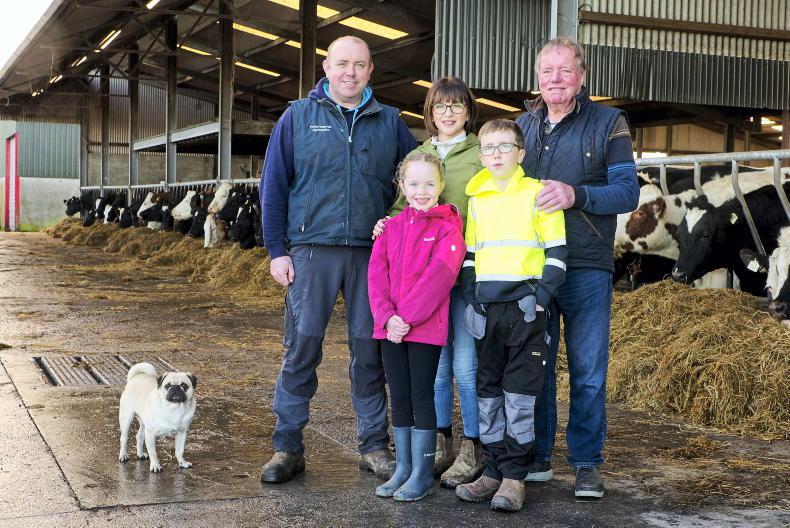
SHARING OPTIONS